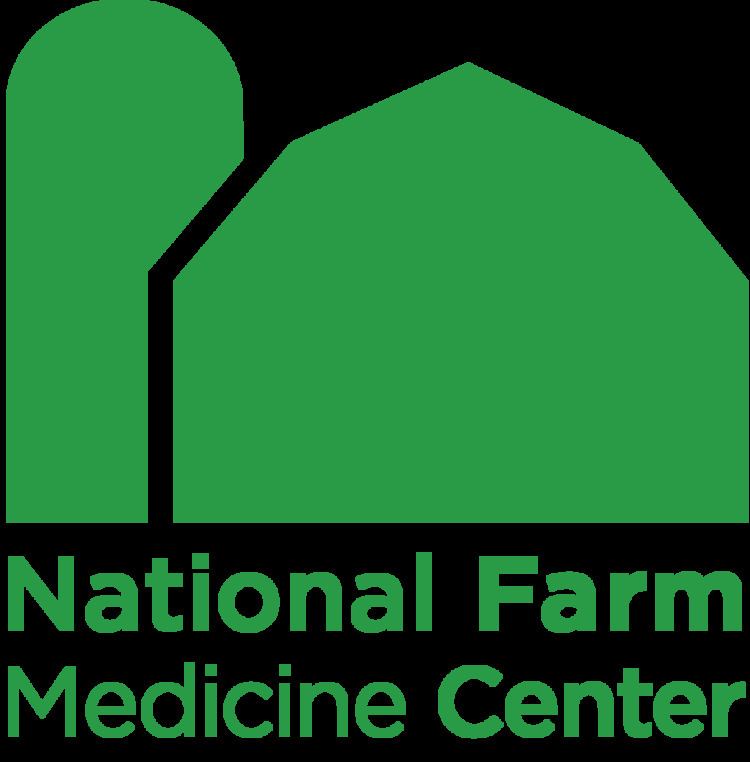 | ||
The National Farm Medicine Center (NFMC),established in 1981, is a non-profit program in Marshfield, Wisconsin dedicated to agricultural health and safety research, and service. The center is a component of the Marshfield Clinic Research Foundation, which is part of Marshfield Clinic.
Contents
History
In the 1960s research was conducted by the Marshfield Clinic Research Foundation on respiratory diseases common in dairy farmers. Dean Emanuel identified maple bark disease among paper mill workers.
In 1964, a culture technique developed by Emanuel and Fritz Wenzel helped identify the causative agent for "farmer's lung", a chronic, progressive, inflammation in the lungs of farmers. By 1971 intervention and education programs targeting farmers were developed in cooperation with the University of Wisconsin Agricultural Research Station, located just outside Marshfield. Discussions were held in 1980 and came to fruition in 1981 with the formation of an agricultural medicine center in Marshfield, .
Organization
The center is directed by Matthew C. Keifer. Its staff of 10+ includes four PhD level scientists, along with support staff. Past directors include Barbara C. Lee, PhD.
Since 1997, the center has been home to the National Children's Center for Rural and Agricultural Health and Safety (NCCRAHS), It is one of 10 Centers for Agricultural Disease and Injury Research, Education and Prevention funded by the National Institute for Occupational Safety and Health, Centers for Disease Control and Prevention.
The majority of the center's funding comes from competitive government grants and contracts. Other sources of funding are private foundations, corporations, partnerships and donations.
Education and outreach
The National Farm Medicine Center typically hosts summer interns who are involved in research projects, farm visits, and field work.
Research
In collaboration with the Upper Midwest Agricultural Safety and Health Center, the following projects are conducted:
